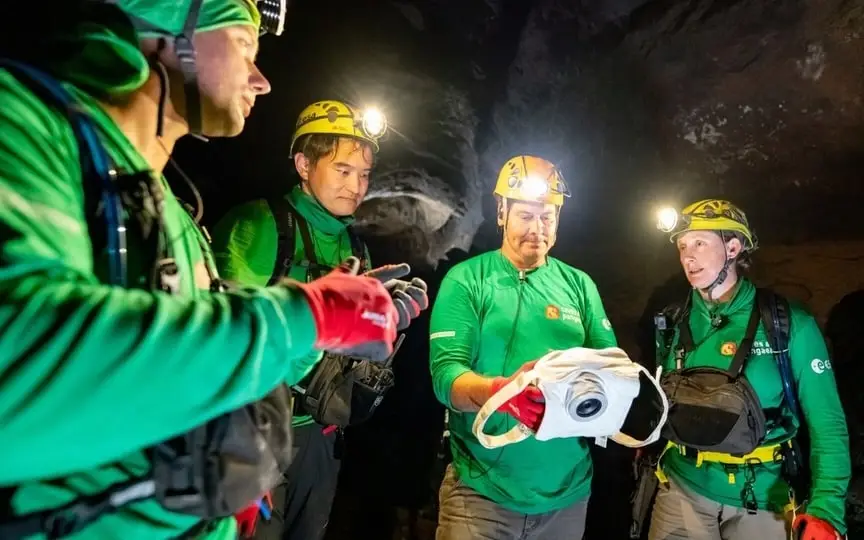NASA and ESA Collaborate to Evaluate Advanced Camera for Lunar Mission
NASA is embarking on its Artemis program, marking its return to the Moon after nearly four decades. The program consists of three missions, each with a specific objective. The first mission, Artemis 1, took place on November 16, 2022, and involved an unmanned flight test of the Space Launch System and the Orion spacecraft in orbit around the Moon. Following this, Artemis 2 will be a crewed test flight, while Artemis 3 will carry a crew with the goal of exploring the area near the lunar South Pole. To capture the lunar surface, the European Space Agency (ESA) is collaborating with NASA to develop an advanced camera.
The next generation camera for the lunar mission
According to an ESA press release, engineers have developed the Handheld Universal Lunar Camera (HULC), which will be used to capture the southern region of the moon. ESA helped NASA test this lunar camera during the Planetary Analogue Geological and Astrobiological Exercise for Astronauts (PANGAEA) in Lanzarote, Spain. This test prepares astronauts to be effective field explorers for future trips to the Moon.
Loredana Bessone, PANGAEA project manager, said: “The addition of the lunar camera allowed the crew to get a realistic taste of exploring the lunar surface. It was a great improvement to their experience, which we are happy to repeat in future editions.”
ESA says the new camera was developed from off-the-shelf professional cameras and features state-of-the-art lenses that are highly sensitive to light. Dust and heat protection have been added to cope with temperatures down to -120 degrees Celsius on the Moon. It also has ergonomic buttons that allow astronauts to operate the camera easily, even when wearing thick gloves.
Jeremy Myers, director of NASA’s HULC camera, said: “The lunar camera is one of the many tools they need to work on the Moon, so it should be easy to use. The human factor is a big thing for us because you want the camera to be intuitive and not burden the crew.
Three candidate astronauts, Thomas Pesquet of ESA and Jessica Wittner of NASA and Takuya Onishi of the Japanese Space Agency, used cameras in dark volcanic caves and in daylight to simulate conditions on the lunar surface.




